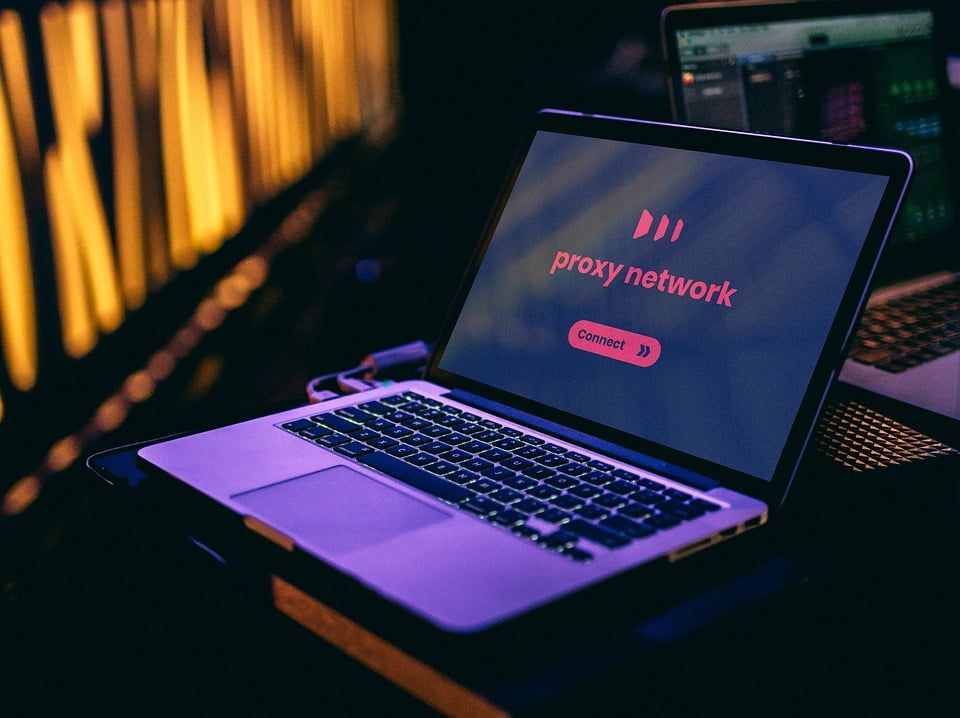
Definition of a Transparent Proxy
Wondering what is a transparent proxy?
Here is the definition.
A transparent proxy, also referred to as an inline proxy, intercepting proxy or forced proxy, is an intermediary server that sits between your device (the client) and the website you're trying to access (the Internet).
Serving as a gateway, such a web server reroutes your requests in a “transparent” manner, without modifying them.
If a proxy modifies requests, it is called non-transparent.
How Does a Transparent Proxy Work
Unlike an ordinary proxy, a transparent proxy doesn’t require any software to be installed on the client side.
It also doesn't need to be configured.
A transparent proxy is usually set up internally on the network’s communication path to the Internet, often without a user’s consent.
Nevertheless, if you want to implement a transparent proxy you can control, you can use solutions such as BlueCoat or Squid.
It’s worth noting that a transparent proxy is a hidden proxy.
So you’ll need to perform certain actions to check whether your traffic goes through it.
When deployed, the proxy will intercept all requests (not limited to web-browser traffic only) and redirect them to the destination server.
Such requests will be visible to the ISP or a webmaster since a transparent proxy doesn’t modify them.
What Transparent Proxies Are Used For
Transparent proxies can be implemented for various reasons.
Some of those are the following:
Internet traffic control
Transparent proxies appear to be a great choice for parents and some corporations.
Parents often want to prevent their children from accessing adult or violent content, whilst organizations find traffic control a great means for enforcing network usage policy and boosting employees’ productivity.
By deploying a transparent proxy, both parties can filter the traffic and block harmful or unnecessary content.
As a result, kids are safe from the Internet threats, and corporate users stay focused on their current duties instead of surfing the web.
Improved bandwidth & higher speeds
Transparent proxies can be beneficial for the overall performance of the network.
They can also be used for the purpose of improving speeds through caching.
For instance, caching proxies can locally store different data and deliver it on demand, thereby reducing network loading and enhancing speeds.
This data can comprise pre-cached popular websites, media, etc.
User authorization
In some instances, transparent proxies are used to force user authentication.
This especially the case with Wi-Fi hotspots providers and some Internet operators that grant access to the network only to authorized users.
This way, providers also oblige users to comply with their Terms of Service since a transparent proxy allows authentication only after you’ve agreed to follow the ToS.
Advantages And Disadvantages Of Transparent Proxies
Before deciding whether to use transparent proxies, you may want to know about its pros and cons.
Here is a list of some of their advantages and disadvantages.
Pros
Content Filtering
By deploying and configuring a transparent proxy, you can filter unwanted content and prevent users from accessing certain websites.
Gateway proxy
You can set up a set of rules based on which a transparent proxy will block unnecessary traffic sources.
Latency reduction
A transparent proxy offers latency reduction and high bandwidth of transmission, which is why it’s popular with so many providers.
Data compression
A transparent proxy presents an efficient way of serving the same content to different users due to its caching and data compression capabilities. As such, it’s always been a viable solution for organizations seeking to improve their network performance.
DDOS Protection
A transparent proxy can also protect your server from DDOS attacks. In this case, it acts as a buffer that shields your server from botnet spammers.
Cons
Network issues (if configured poorly)
If set up or configured improperly, a transparent proxy can significantly slow down the network.
Poor caching and traffic redirection settings may lead to connection dropouts and low speeds, especially if authentication is enabled.
Traffic interception & eavesdropping
All traffic that passes through a transparent proxy is intercepted and may be spied on.
Information leakage
Traffic interception may result in leakage of sensitive data.
How to Tell If You Are Behind A Transparent Proxy
There exist a couple of ways for users to detect if they are behind a transparent proxy.
The most common method is to try to connect to a server that you’re 100% sure doesn’t exist.
As a rule of thumb, your browser will send you an error message stating that the connection has failed or that the site can’t be reached.
However if you’re behind a proxy, you may see a different error or be redirected to another page, for example, a search page.
Choosing Between A Proxy And A VPN
As you already know, proxies have their own pros and cons.
They are good for you to bypass censorship filters or set up your own rules for traffic control.
However, using proxies is not always secure, and this is especially the case with a transparent proxy.
It simply doesn’t provide any encryption to your sensitive data.
So if you’re looking for strong protection, you have to consider having a VPN.
Here are some reasons why:
- As opposed to proxies, a VPN encrypts your traffic and thereby makes it impossible for anybody to intrude on your privacy. It also allows you to establish a secure P2P connection and share files anonymously.
- A VPN prevents leakage of your sensitive data due to built-in features such as Kill Switch.
- With a VPN you don’t need to bother yourself with proxy server up-times. You gain access to a global network of robust servers working 24 hours a day, 7 days a week, all year round.